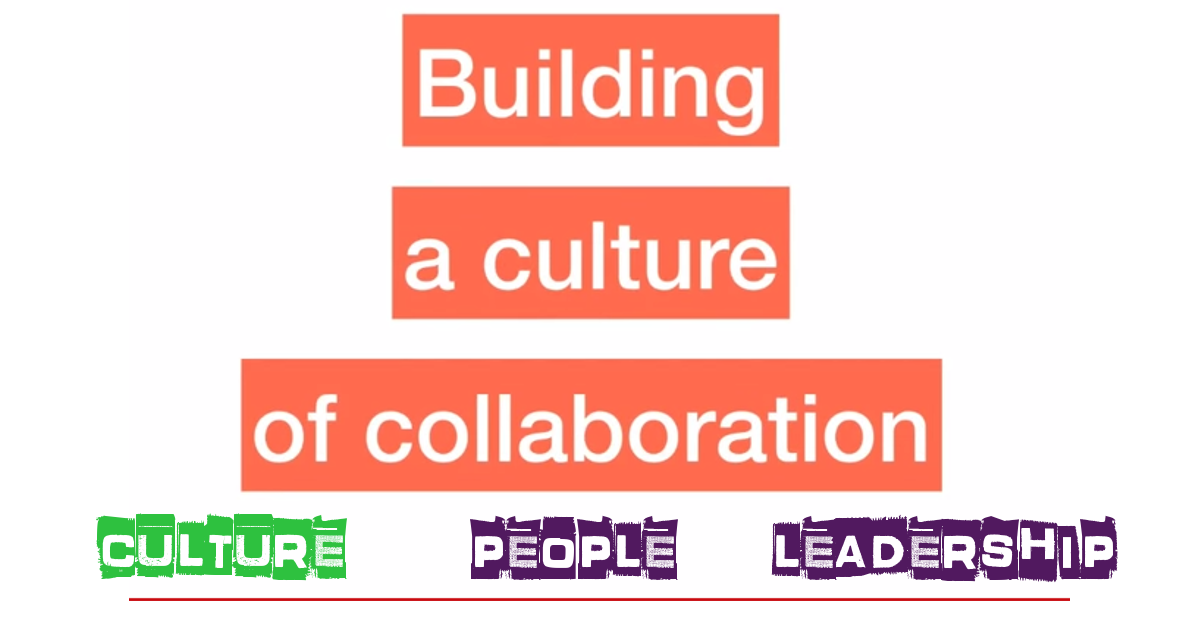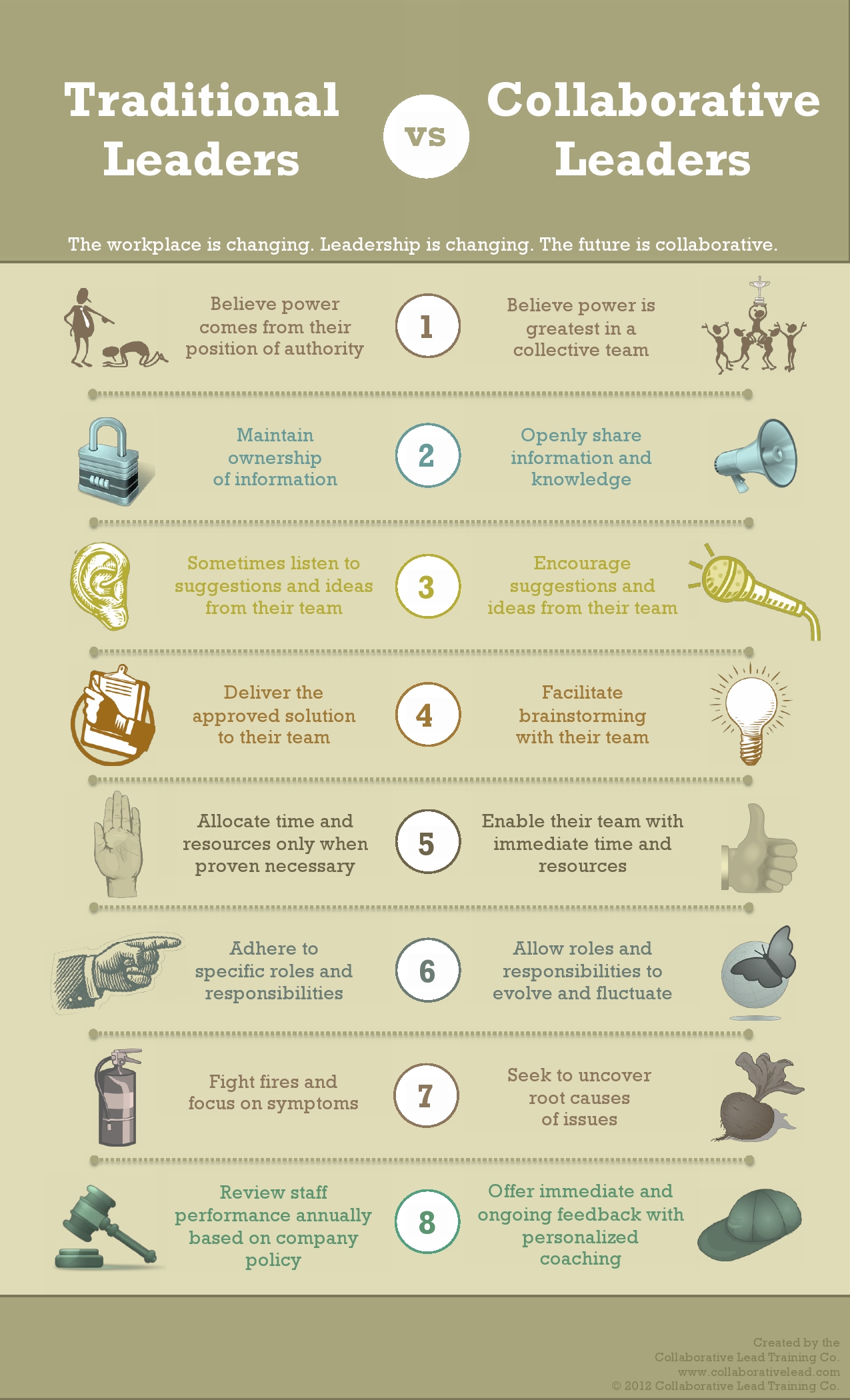Last year (2015-2016) was the Year of Collaboration for the Vincentian Family. With all the activity and planning around the 400th anniversary, we can forget that to say #IamVincent means to do the work. Here’s the first of a three-part “reworking” of a timely article from the Stanford Social Innovation Review by Pratichi Shah. Part One: Culture.
Build it. No, really. Too often, we think Vincentian collaborative culture will emerge as a function of mission alone. But to really shape culture and embed collaboration as an integral part, leaders need to be explicit about its importance. Go beyond identifying collaboration as a value, and make it part of your way of doing everything. In other words, identify what is unique and positive (in addition to mission) about being part of your Vincentian group. Talk about the kinds of collaboration that may further your mission and encourage exploration as a regular way of approaching work. Brainstorm where synergies may lie — inside and outside of your group — and how to explore them..
Ask what makes collaboration worth it to you. What is reasonable for your group to give in return for something of value from another group? Can you share knowledge or access to your programs, for example, in return for exposure to a new audience or way to make your services better? How can leaders embed this kind of thinking into your group or groups? During strategic planning meetings, talk about what kinds of relationships do and don’t add value. Ask: Where can we exchange or combine resources to achieve greater results? Who could or should we be talking to?
Try and fail. Leaders should also allow and encourage trial and error in testing collaboration opportunities. Internally, it can be useful to bring together seemingly disparate ministries to look for and consider less-obvious synergies. Externally, encourage staff, volunteers, and other stakeholders to use a trial/failure lens as they talk with community and constituents about mission, strategy, and plans.
Call out and celebrate wins. In addition to talking about experiments and failure, leaders should celebrate successes and innovative efforts. Encourage discussion and sharing among staff and with external partners about finding and executing collaborative opportunities. Understand why and how successes happened, and draw those insights into everyday conversation to spread the learnings throughout your organization.
Make collaboration your culture. (read part two tonight).









0 Comments